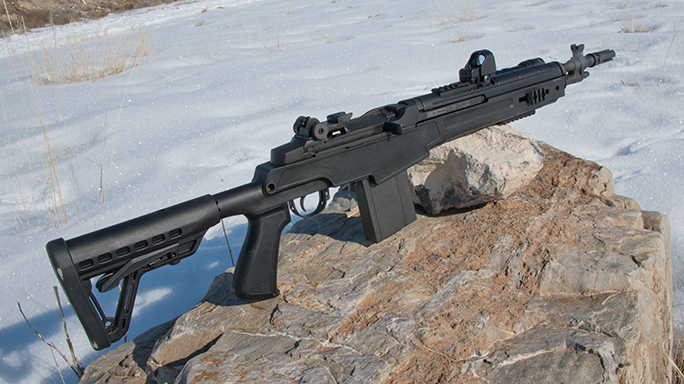

It could even work well in close quarters with Hornady’s excellent 110-, 125- or even 155-grain TAP ammo. A few precision versions of M1As were fielded, but the platform’s real sweet spot was as a patrol rifle. As a police marksman, the advantages of a semi-auto were clear to me two decades ago.

Testing just about every reasonably configured rifle at the time, the only one that worked consistently for me with decent accuracy was the M1A.įor a time, M1A rifles were costly and not always easy to equip. Add mud, snow, muck or other adverse conditions and the difference was more striking. But reliable semi-autos could be hard to find in the past.Įvery rifle design has its fans and detractors, but the M1A was reliable when its competition couldn’t get through a 20-round magazine when used in pristine conditions. Most police agencies still use 7.62mm/.308 precision rifles, so obtaining more rifles in this chambering would only ease logistics. The 7.62x51mm remains a common NATO round and is still a prolific hunting round in America. Several rounds have emerged, but none yet provide the availability of bullet choices and loads coupled with long-range viability. Of course, this isn’t a new search-others have done the same thing, including examining other calibers. RELATED VIDEO: Locked & Loaded M1A: Springfield’s Custom-Grade Rifle.308 Winchester/7.62mm NATO rifle two decades ago. This prompted my search for a duty-ready. But for a number of applications, it’s still a bit wanting.

Sure, it gets the job done, and 20 years of improvement have only made it better. From the very beginning of my police career, I considered the 5.56mm NATO to be less than optimal.


 0 kommentar(er)
0 kommentar(er)
